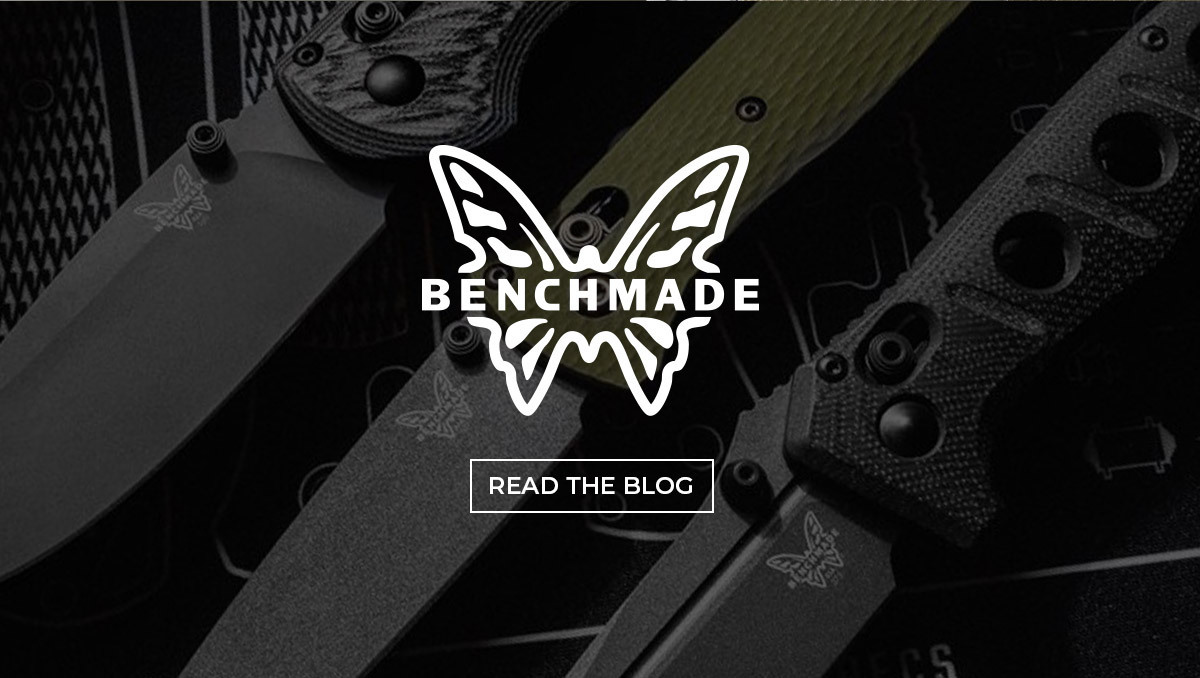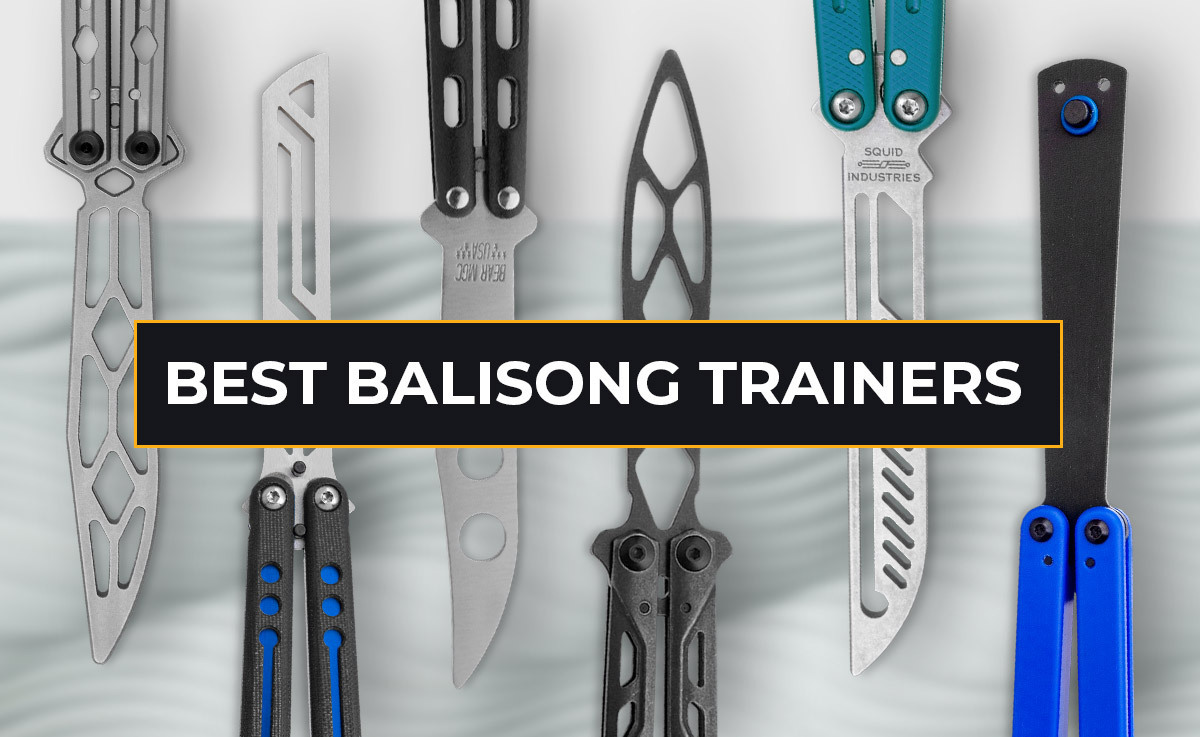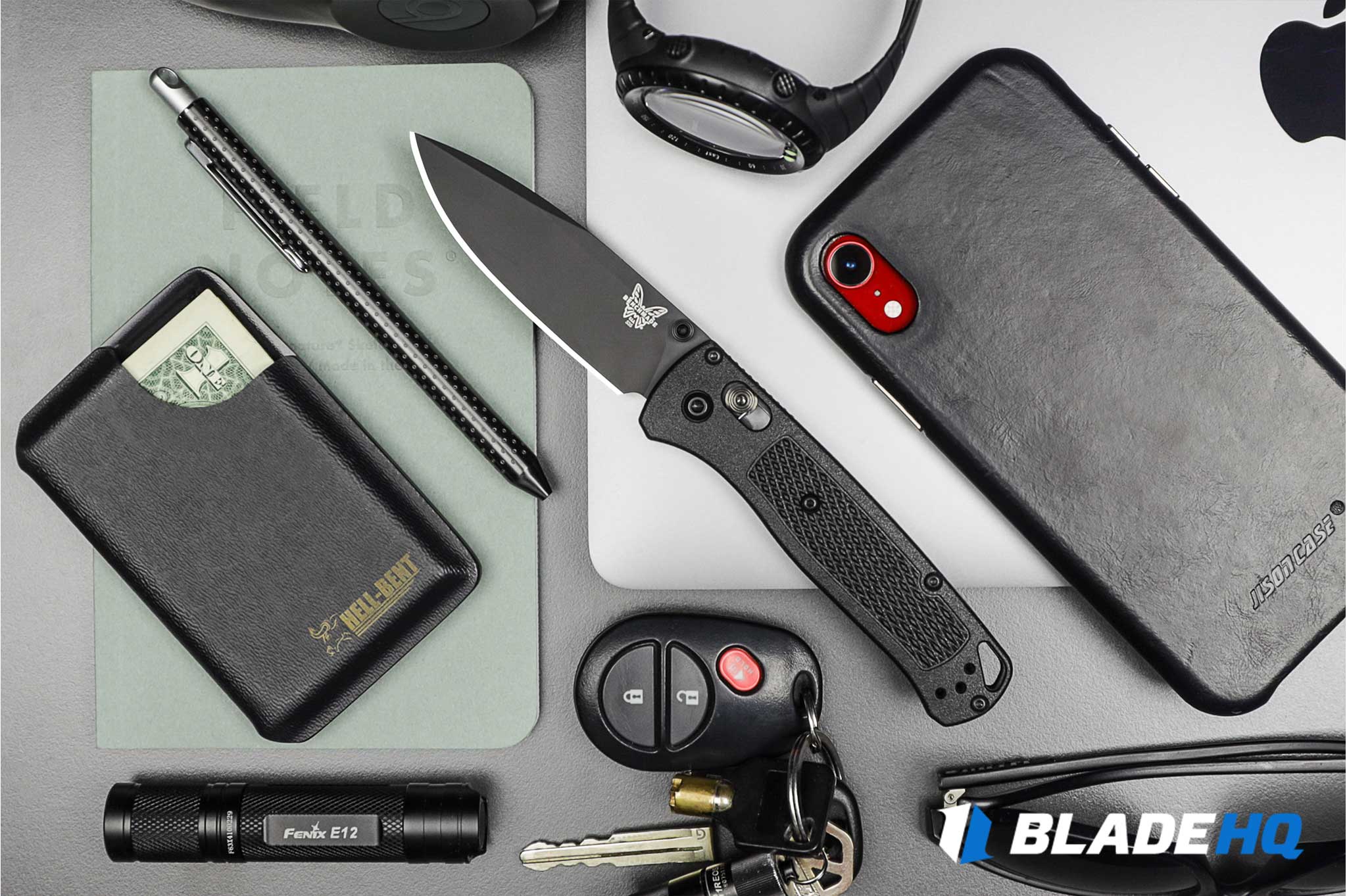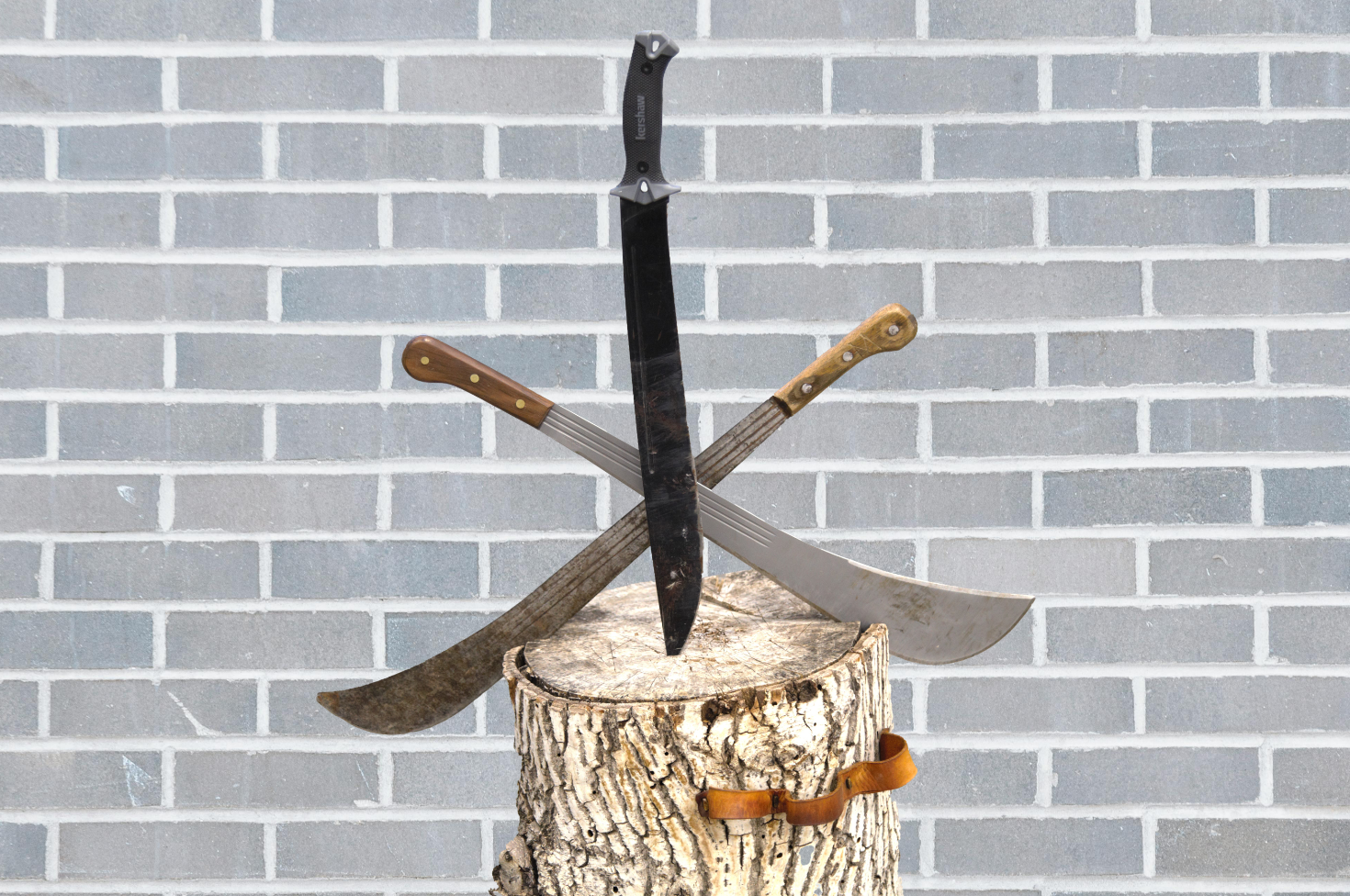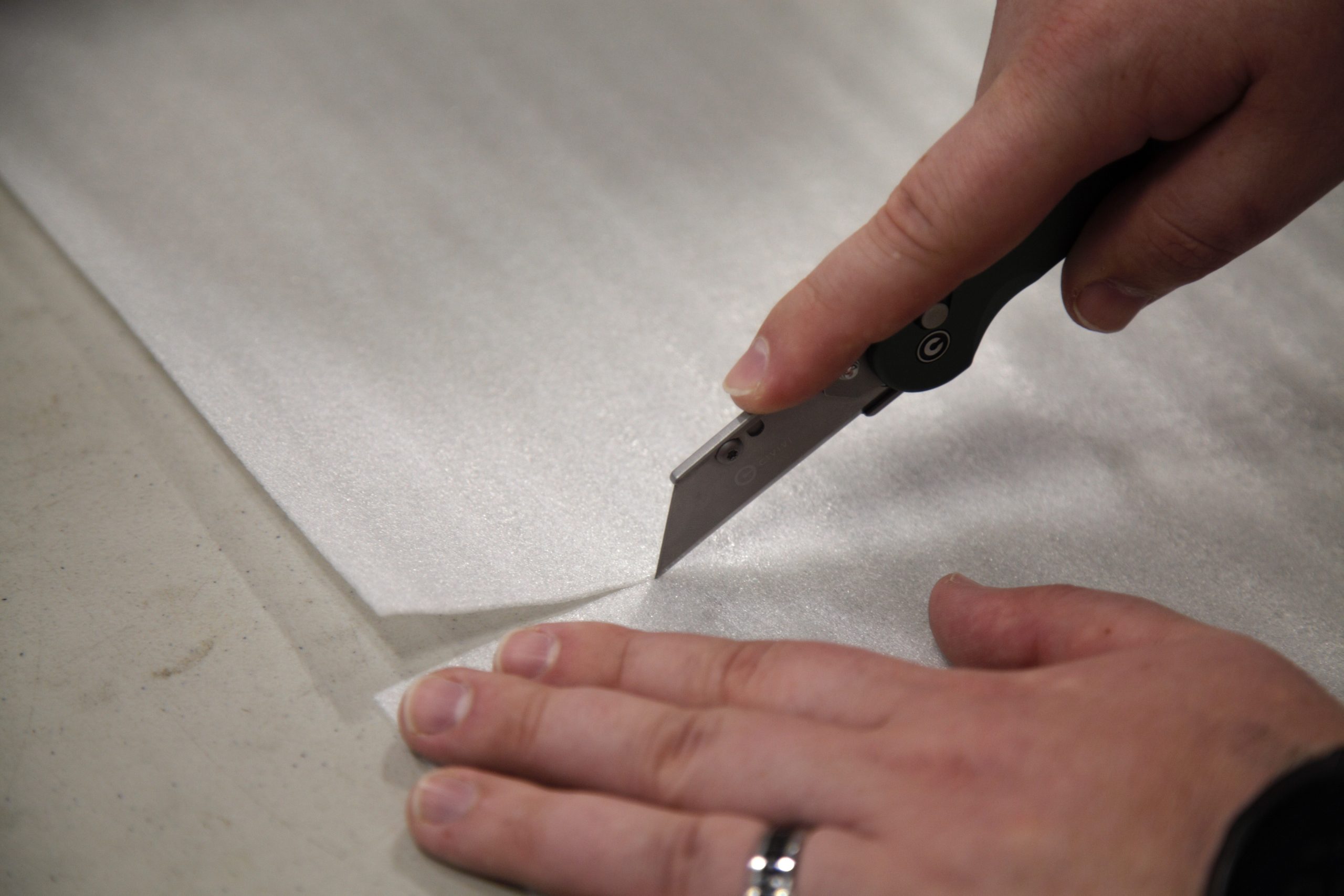The world of butterfly knives can be a little daunting. There are many types of butterfly knives and many brands to choose from, and if you want to do tricks with them, there are even more things to consider. Where do you begin? What’s the difference between a cheap butterfly knife and an expensive one? Are they even legal? You’ve come to the right place if you’ve asked any of these questions.
What is a butterfly knife?
Butterfly knives, also known by their preferred name balisongs or balis, at their core are just a blade and two moving handles. The balisong is a knife, much like any other. It can open packaging, carve wood, cut vegetables, cut you, and more.
The butterfly knife originated in the Philippines hundreds of years ago and was adopted by martial artists and optimized for use as a weapon. It’s quick to deploy to a wide variety of grips, can withstand serious abuse, and looks really cool in the hands of a trained bali flipper. There is no end to the ways you can open, close, flip, throw, catch, spin, (fill in your favorite verb here) a butterfly knife.
Because balisong flippers are so fun to watch, they have found their way into characters’ hands in film and television. The Punisher, Knives Out, Team Fortress, Fortnite, and dozens of others put balis on full display. Movies and games like these and a growing community of competitive flippers have spread the butterfly knife far from its humble beginnings.
Like automatic knives and out-the-front knives, the butterfly knife’s speed of opening, intimidation factor, and reputation earned it a front-row seat in the Federal Switchblade Act.
Wait a minute, are butterfly knives legal?
Well, that’s quite the can of worms. We’ll provide a TL;DR version of an answer here, and we’ll link to applicable US laws, but remember, we are not lawyers, and quoting us is not a legal defense. If you are at all concerned about legality in your area, seek legal advice before purchasing a butterfly knife.
The Federal Switchblade Act prohibits the “introduction, or manufacture for introduction, into interstate commerce of switchblade knives.” There are pages of legislation getting into the minutia of how that applies, penalties, exemptions, and other legal jargon, but what it means for most of us is that we cannot import or export butterfly knives to or from the United States. If you find a butterfly knife for sale in the USA, it was either made in the USA or made internationally and assembled in the USA.
Each state has knife laws, varying from effectively no restrictions (like Texas, Ohio, Arizona, and others) to outright illegality (like Hawaii, New Mexico, Delaware, and others). Some states allow home possession (like California and Minnesota), but prohibit sale, require licensure, only allow police and first responders to own, or require a “lawful purpose.”
Also (I promise this is the end of legal stuff), cities within states can make their own laws. For example, butterfly knives are legal in Massachusetts but are illegal in Boston. Once again, contact a lawyer before you choose to buy a butterfly knife. The American Knife and Tool Institute has a wealth of knowledge on state and local knife laws should you want to learn more.
I know it’s legal in my state, and now I want one. How do I pick a good one?
If you want to find the perfect balisong for you, you should know some basic features to choose between.
Sandwich vs. Channel: Sandwich construction means two handle scales on each handle are bolted together, like on the Kershaw Lucha. They are easier to take apart and clean and cheaper to manufacture. Channel construction means the two handles are each milled from one piece of metal, like on the Squid Industries Krake Raken. They have fewer parts to shake loose but tend to be more expensive. One is not necessarily better than the other. It comes down to personal preference. If you are doing certain tricks, you might prefer one over the other.
Bearings vs. Washers: These refer to the bushings inside the pivot of a butterfly knife. Bushings help the blade slide free of the handles. Bearings allow the knife to flip faster, but washers offer more control. This, too, is a matter of personal preference. Some people find that knives that rotate too quickly make it harder for them to do specific tricks.
Tang Pins vs. Zen Pins: These refer to the stop pins that prevent the blade from over-rotating. Tang pins are mounted in the blade’s steel, like on the Bradley Kimura. Zen pins are inside the handles rather than externally, like on the Bear Ops Bear Song VIII. In today’s balisong world, zen pins are generally preferred, but you might like the look of tang pins.
Trainer vs. Live Edge: A butterfly trainer blade has no edge. It’s a great way to learn some of the scarier tricks without hurting yourself, and in some places, it is legal where a live edge is not (say it with me, seek legal advice from a lawyer, not someone on the internet). Live edges are sharp! That makes them dangerous, but it also makes them useful. If you want to cut with your knife, a live edge is for you. Most butterfly knife competitions require a live edge if you’re going to get competitive with your flipping.
Latch vs. No Latch: A latch allows you to lock your knife open or closed. If you plan to carry your knife everywhere, a latch could be good for you. If you are serious about flipping, a latch might get in your way.
In bushcraft circles, it is often said that “skillset is greater than toolset” and that wisdom applies here. A complete newcomer will not be made better by a top-of-the-line BRS Alpha Beast, but that same newcomer would be a competent flipper after two weeks of daily practice with a Bear & Son 114.
That said, some butterfly knives will make your flipping journey much harder. Cheap ones made of internationally manufactured parts (the kind you find in the mall) can sometimes have finicky pivots that don’t slide well. Balis with curved handles, double-edged blades, or short overall lengths can be difficult and dangerous to flip. High-price custom butterfly knives, like those from Reese Weiland or Corrie Schoeman, are often more works of art than tools. It’s not a problem if one of these speaks to you; just know they might give you a bit of an extra challenge.
If I can get good with a cheap one, why would anyone ever buy an expensive one?
As the price increases on butterfly knives, you will find more attention to detail, precisely weighted handles and blades, thoughtful texturing, premium materials, and tighter tolerances. Sure, there is a point at which you see diminishing returns, but the best-of-the-best of anything costs a pretty penny.
Many high-end balisongs makers do small-batch runs, and collectors buy them out quickly, often in a matter of seconds. With that kind of supply and demand, high prices are inevitable.
So, which one should I buy?
If you’re just looking to test the waters and see if butterfly flipping is the thing for you, Bear & Son makes a variety of budget-friendly balis for you, in both live edges and trainers. If you’ve got a little more to spend, it’s hard to beat the Kershaw Lucha, also available with live edges and trainer blades. It has a higher quality blade steel, TORX fasteners, and a growing aftermarket, making it one of the most versatile butterflies out there.
On the higher end, follow us on social media and sign up for wishlist emails to be notified of drops from brands like Squid Industries, Benchmade, Blade Runner Systems (BRS), Rick Hinderer, Flytanium, Hom Design, and more!
But what if flipping doesn’t interest me? Is there any other reason to buy a butterfly knife?
Well certainly! Even if you check all the party tricks at the door, butterfly knives have their place. For starters, butterfly knives are strong. Hear me out on this one. The Cold Steel Tri-Ad Lock is considered by many to be the strongest knife lock on the market. It takes the old-school lockback design (also very strong) and adds a stop pin between the blade’s tang and the lock bar. That sandwiched pin gives the knife extra strength and spreads the load on the lock over a broader area. Now, look at a butterfly knife. The pins are sandwiched between the handles, spreading the load across the two handles. Gerber capitalized on this perk of the butterfly design, making the Doubledown, a folding machete that can take all the abuse of a fixed blade.
Butterfly knives also allow for complete one-hand operation. Even if you don’t do cool tricks, a simple double rollover can open and close your knife quickly, safely, and without adjusting your grip hardly at all. They’re also fully ambidextrous, have an unparalleled cool factor, and are still knives, the most useful tools ever invented by humanity.
Conclusion:
Butterfly knives are a ton of fun. They’re the perfect way to scratch your fidget itch, and they are useful tools to boot. There is a welcoming community of flippers online who can provide helpful tips and advice if you need it. Add a butterfly knife to your collection, make new friends, learn a cool party trick, and makes some fun memories!
